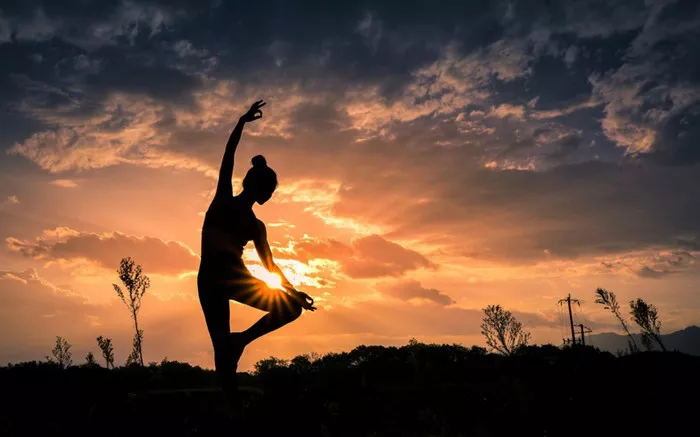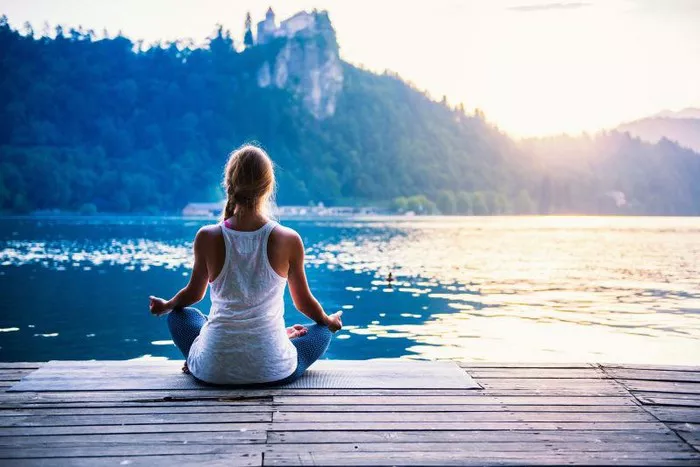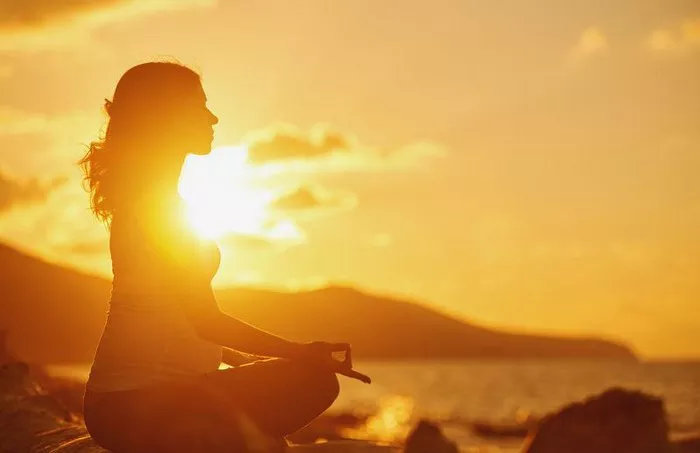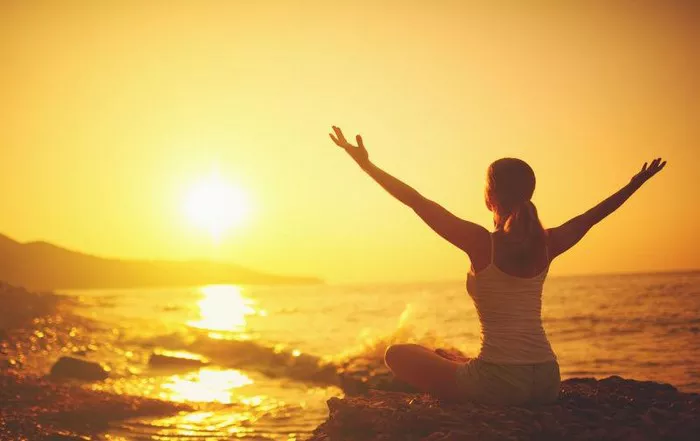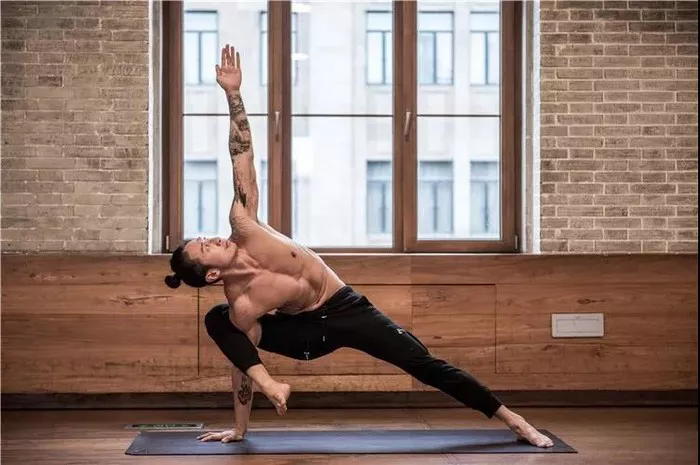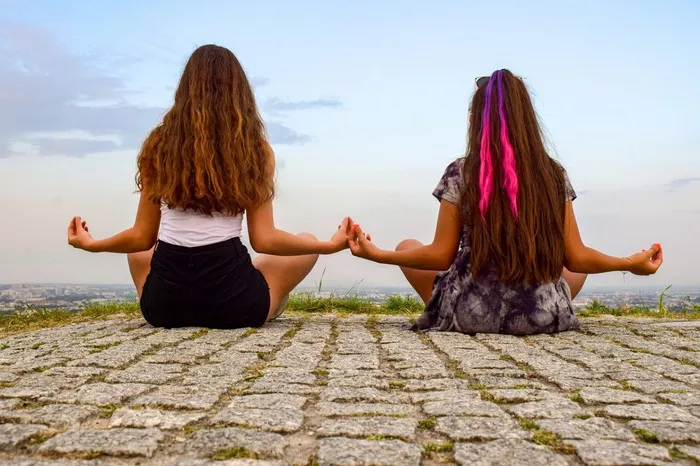Anxiety is a common emotional state that many people experience in their lives. It manifests in various forms, ranging from mild unease to intense panic attacks. In recent years, with the growing awareness of mental health and well-being, many have turned to yoga as a therapeutic tool to cope with anxiety. Among the many styles of yoga, Ashtanga yoga is frequently discussed for its potential to help alleviate anxiety. But is Ashtanga yoga good for anxiety? This article aims to explore the connection between Ashtanga yoga and anxiety relief by examining the principles of Ashtanga, its impact on the nervous system, and the benefits it may offer to those struggling with anxiety.
What is Ashtanga Yoga?
Ashtanga yoga is a traditional style of yoga developed by Sri K. Pattabhi Jois in the 20th century. It is based on the eight-limbed path (Ashtanga) outlined in the Yoga Sutras of Patanjali, an ancient Indian text. The eight limbs are guidelines for living a balanced and purposeful life, covering ethical principles, physical postures (asanas), breathing techniques (pranayama), meditation, and more. While all eight limbs contribute to spiritual and mental well-being, Ashtanga yoga as practiced in modern times primarily focuses on the physical postures and breath control.
The practice of Ashtanga yoga follows a fixed sequence of postures, performed in a specific order, which builds heat in the body. This heat is believed to purify the body and mind, promoting strength, flexibility, and mental clarity. A key aspect of Ashtanga is the synchronization of breath with movement, known as vinyasa, which is designed to create a meditative flow during the practice.
The practice is traditionally divided into six series, each progressively more advanced. Beginners typically start with the Primary Series (Yoga Chikitsa), which focuses on alignment and building strength and flexibility. Over time, practitioners can advance through the series as their skill level increases.
The Connection Between Anxiety and the Nervous System
To understand how Ashtanga yoga may help with anxiety, it is essential to grasp the relationship between anxiety and the nervous system. Anxiety often results from the body’s natural response to stress, activating the sympathetic nervous system—the body’s “fight or flight” response. In this state, the body experiences increased heart rate, shallow breathing, muscle tension, and heightened alertness. While this response can be useful in life-threatening situations, it becomes problematic when triggered by non-threatening stimuli or when it remains activated for prolonged periods.
On the other hand, the parasympathetic nervous system is responsible for the “rest and digest” response. It helps to calm the body down after a stressful event and promotes relaxation. Anxiety is often characterized by an imbalance between these two branches of the nervous system, where the sympathetic nervous system remains in an overactive state, and the parasympathetic system struggles to restore calm.
Yoga, including Ashtanga, has been shown to activate the parasympathetic nervous system, reducing the effects of the sympathetic nervous system’s fight-or-flight response. This can help alleviate symptoms of anxiety and promote a state of calm and balance.
How Ashtanga Yoga Helps Manage Anxiety
Ashtanga yoga can be particularly effective for managing anxiety due to the way it integrates breath control, movement, and mindfulness. Let’s look at several key aspects of Ashtanga yoga that may contribute to anxiety reduction.
1. Breath Synchronization (Vinyasa and Ujjayi Pranayama)
In Ashtanga yoga, each movement is linked with a specific breath, creating a flow called vinyasa. The breath is a vital tool in the practice, as it regulates the nervous system and anchors the mind in the present moment. One of the key breath techniques used in Ashtanga is ujjayi pranayama, often referred to as “victorious breath.” This technique involves gently constricting the back of the throat to create a soft, audible sound during inhalation and exhalation.
Ujjayi breath helps to regulate the flow of breath, creating a calming effect on the body and mind. By focusing on the breath throughout the practice, practitioners can reduce the tendency to ruminate on anxious thoughts. This breath-centered approach helps bring the mind into a meditative state, fostering relaxation and reducing stress.
2. Movement and Mindfulness
Ashtanga yoga is a physically demanding practice that requires concentration and focus. The continuous flow of postures in a set sequence encourages practitioners to stay in the present moment, rather than becoming lost in thoughts of the past or future—common triggers for anxiety. This practice of mindfulness, where the mind and body are fully engaged in the moment, helps break the cycle of worry that often accompanies anxiety.
The physical movement also promotes the release of endorphins, the body’s natural “feel-good” chemicals, which can help uplift mood and reduce feelings of anxiety. The combination of movement, breath, and mindfulness can act as a form of moving meditation, providing an antidote to the mental chatter that often fuels anxiety.
3. Building Strength and Resilience
Ashtanga yoga is known for its physically demanding postures, which challenge both the body and the mind. As practitioners progress through the series, they build physical strength, flexibility, and endurance. This can have a profound impact on self-confidence and mental resilience. When facing the challenges of an Ashtanga practice, students are encouraged to maintain focus and perseverance, which can translate into greater emotional resilience in daily life.
As strength and flexibility improve, practitioners often experience a sense of accomplishment and empowerment, which can reduce feelings of helplessness and fear associated with anxiety. The discipline required in Ashtanga yoga can help individuals develop a sense of control and mastery over their bodies and minds, ultimately reducing anxiety.
4. Meditation and Inner Peace
At its core, Ashtanga yoga is a practice that seeks to calm the mind and connect the practitioner to a deeper sense of inner peace. In addition to the physical postures and breath work, the practice includes dhyana, or meditation. Meditation helps to cultivate mental stillness and clarity, allowing individuals to observe their thoughts without judgment or attachment.
Regular practice of Ashtanga yoga can lead to a greater sense of calm and inner peace, which can counterbalance the constant mental chatter that often accompanies anxiety. Over time, practitioners may find that they are better able to manage stress and anxiety, as they have developed tools to calm the mind and cultivate mindfulness.
5. The Benefits of Routine
One of the defining features of Ashtanga yoga is the set sequence of postures, which is followed in a consistent order each time the practice is performed. This sense of routine can be beneficial for individuals struggling with anxiety, as it creates a predictable structure in an otherwise unpredictable world. Routine can help to create a sense of stability and security, which can be particularly comforting for those dealing with the uncertainty and fear that often accompany anxiety.
The discipline of practicing the same series of postures every day can also provide a grounding effect. When individuals are able to predict the flow of their practice, they are less likely to become overwhelmed by external stressors. The repetition of familiar movements can act as a form of self-soothing, helping individuals to feel centered and calm.
Scientific Evidence Supporting Yoga for Anxiety
While anecdotal evidence abounds regarding the benefits of yoga for anxiety, there is also a growing body of scientific research supporting its effectiveness. Several studies have shown that yoga, including Ashtanga, can significantly reduce symptoms of anxiety and stress.
For example, a study published in the Journal of Clinical Psychology found that individuals who practiced yoga experienced a significant reduction in anxiety symptoms compared to those who did not. Another study published in the International Journal of Yoga reported that participants who practiced Ashtanga yoga experienced a decrease in perceived stress and improved overall emotional well-being.
Research has also shown that yoga can regulate the stress response by decreasing levels of the stress hormone cortisol and increasing the production of GABA (gamma-aminobutyric acid), a neurotransmitter that promotes relaxation and reduces anxiety. The physical postures in yoga, combined with breath control, have been found to enhance parasympathetic nervous system activity, which helps calm the body and mind.
Considerations and Limitations of Ashtanga Yoga for Anxiety
While Ashtanga yoga can be highly beneficial for managing anxiety, it is not a one-size-fits-all solution. It is important to recognize that yoga should be practiced in conjunction with other forms of mental health support, particularly for individuals with more severe or clinical anxiety. In some cases, yoga may be more effective when combined with psychotherapy, medication, or other forms of treatment.
Additionally, Ashtanga yoga is a physically intense practice, and some individuals with anxiety may find it overwhelming, particularly if they are beginners or if their anxiety is accompanied by physical symptoms, such as muscle tension or fatigue. In such cases, it may be helpful to start with a gentler form of yoga, such as Hatha or Yin yoga, and gradually transition to more vigorous styles like Ashtanga.
Conclusion
Ashtanga yoga can be a powerful tool for managing anxiety, offering numerous physical, mental, and emotional benefits. By combining breath control, movement, mindfulness, and meditation, Ashtanga yoga helps to regulate the nervous system, reduce stress, and promote a sense of calm and inner peace. The discipline and routine inherent in Ashtanga can provide structure and stability, which can be particularly beneficial for those struggling with anxiety.
However, it is important to approach Ashtanga yoga with patience and mindfulness, recognizing that the practice is a journey rather than a quick fix. For those with severe anxiety, yoga should be considered as part of a broader treatment plan, in consultation with a healthcare provider. With consistent practice, many individuals find that yoga—particularly Ashtanga yoga—becomes a valuable tool for managing anxiety and cultivating a more balanced, peaceful life.
Related Topics

